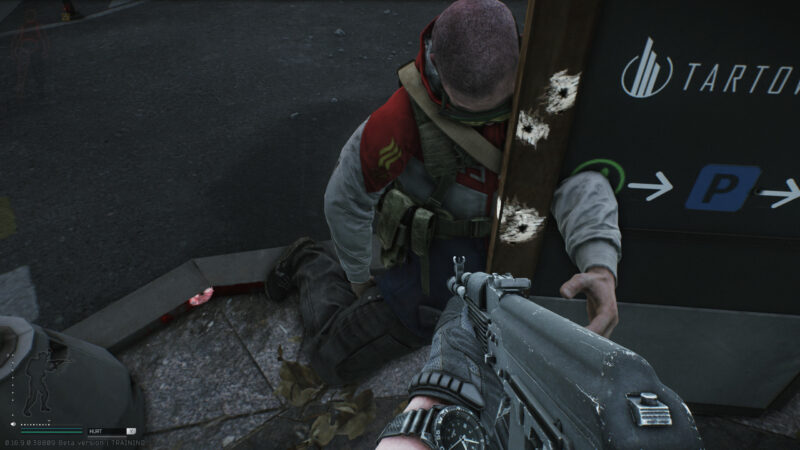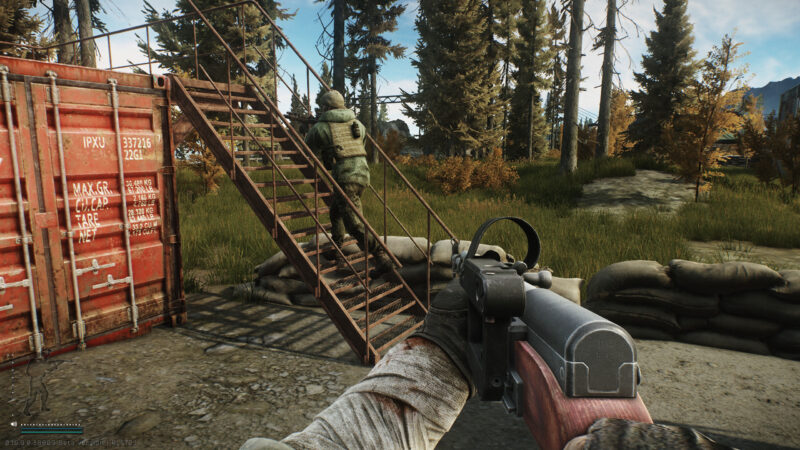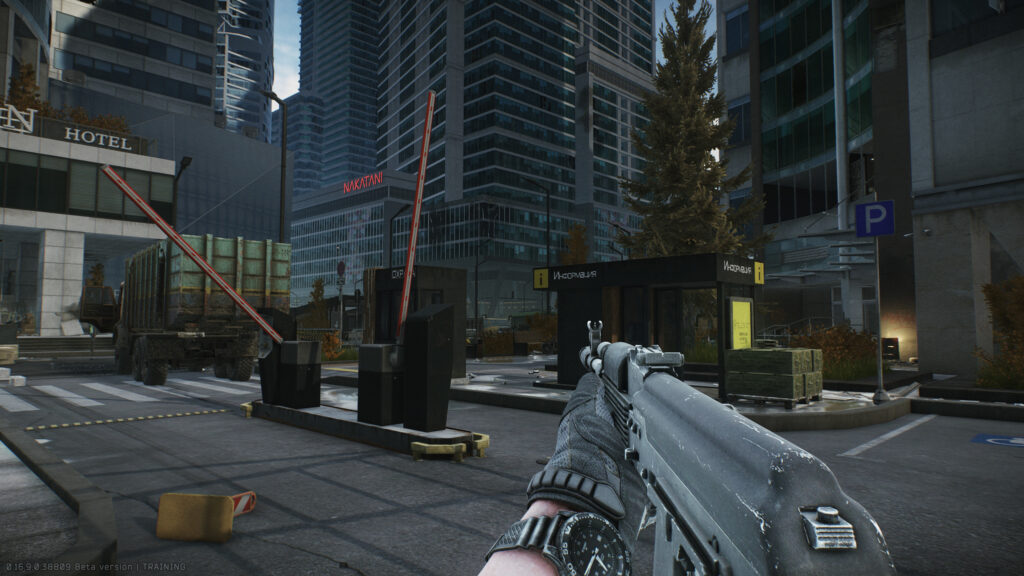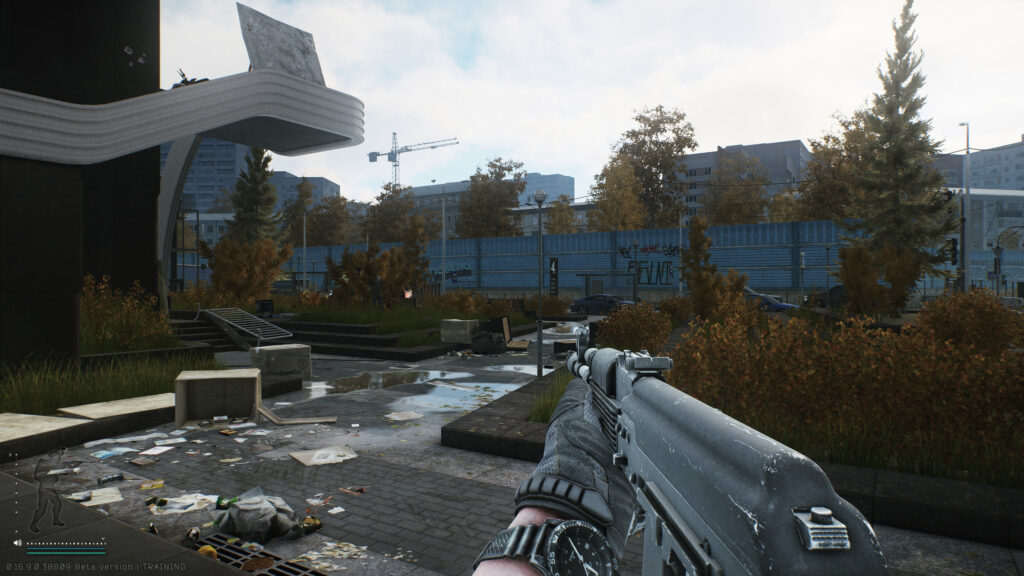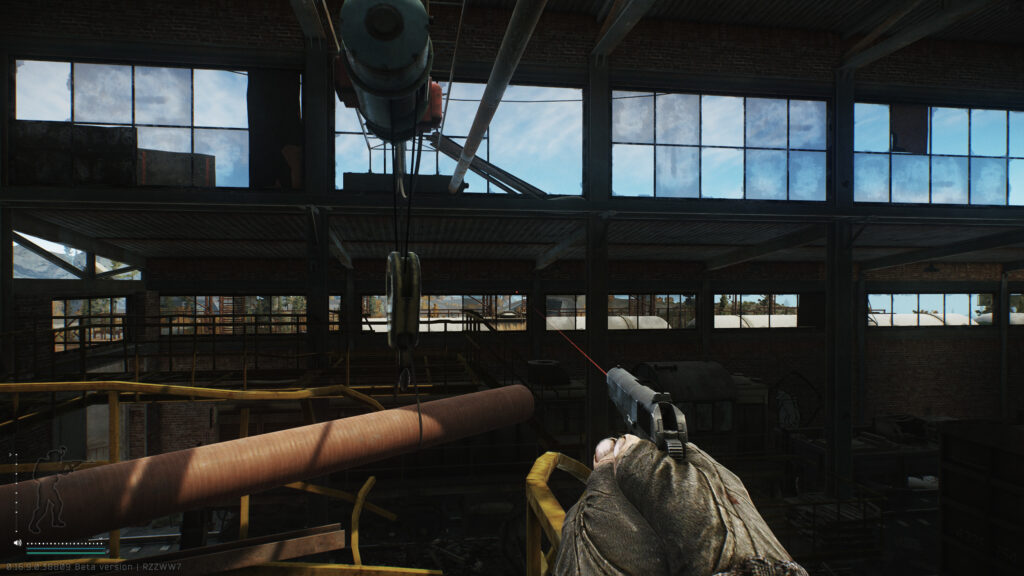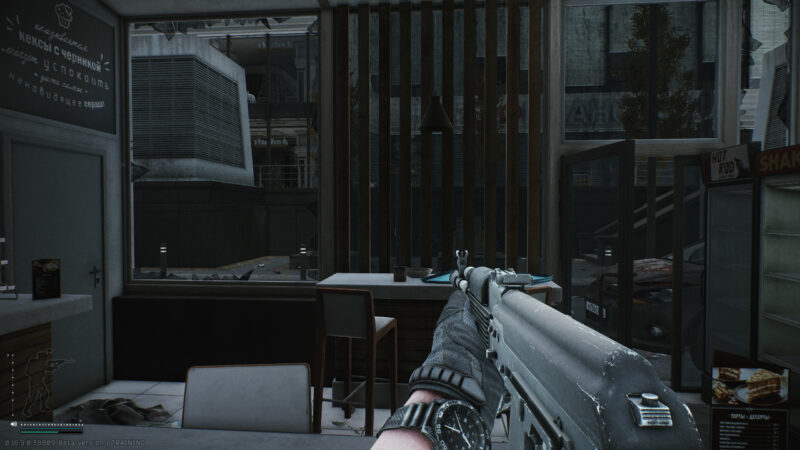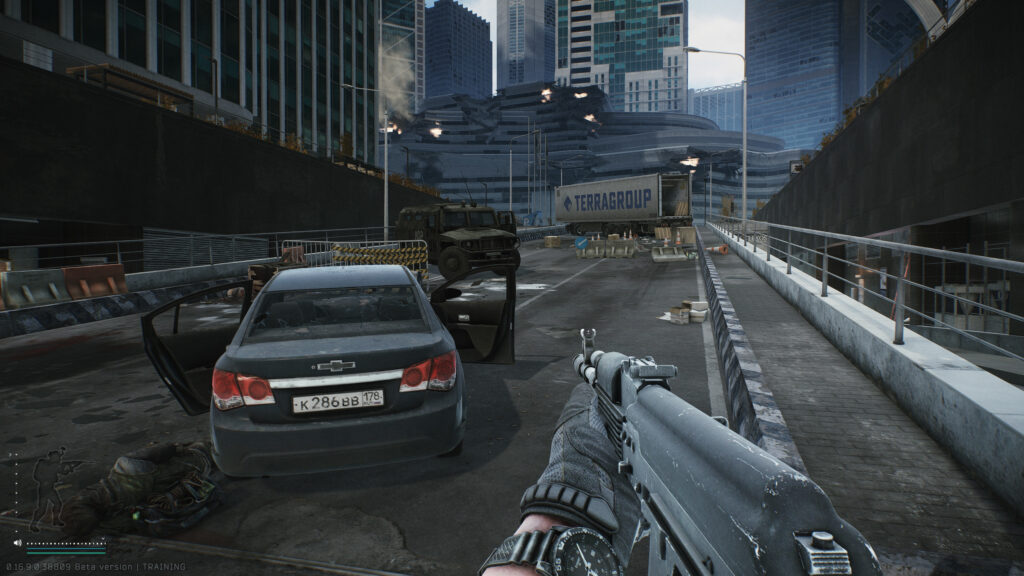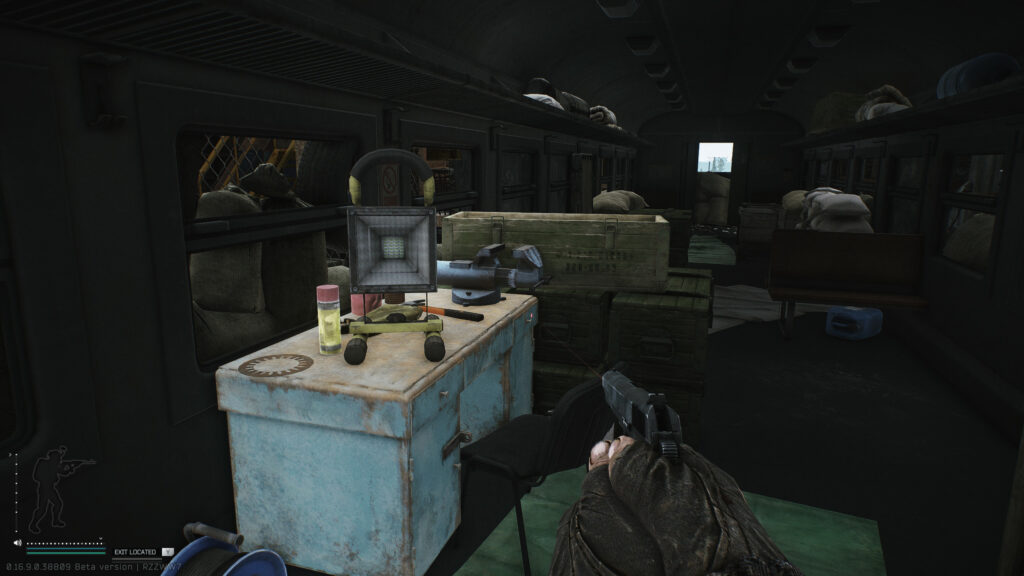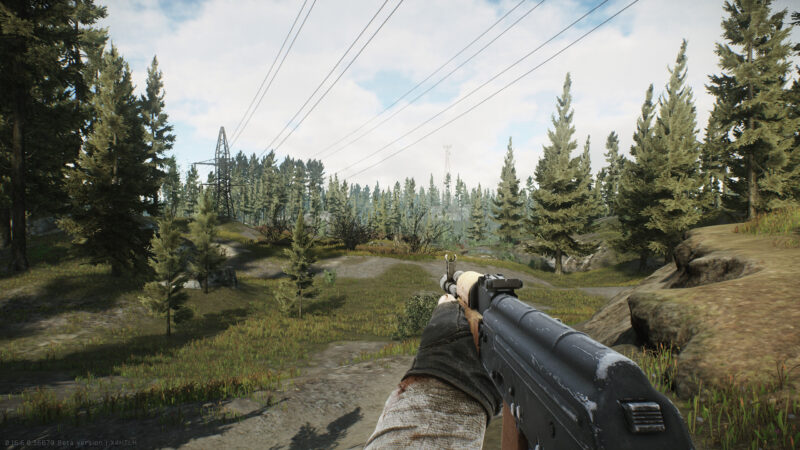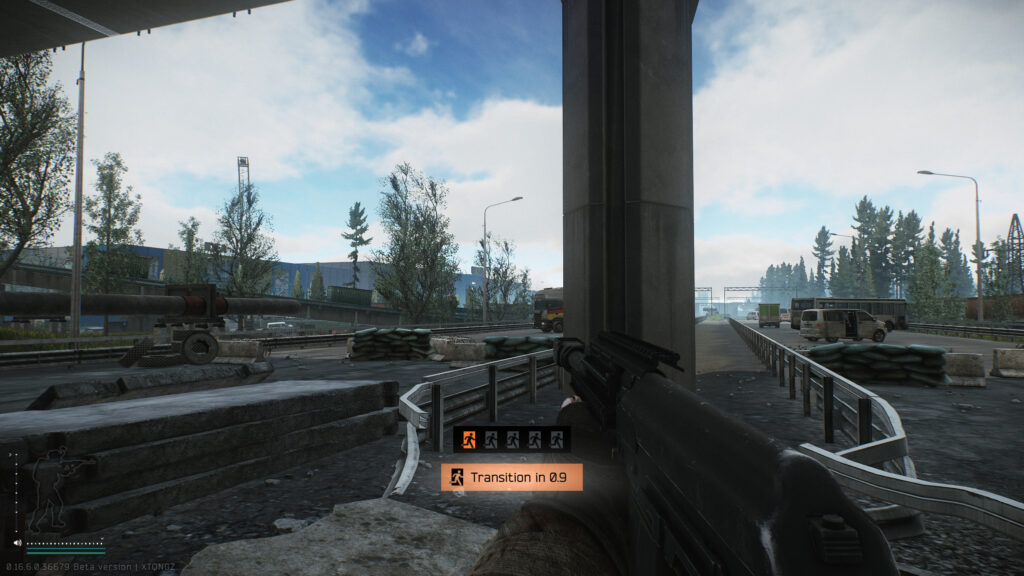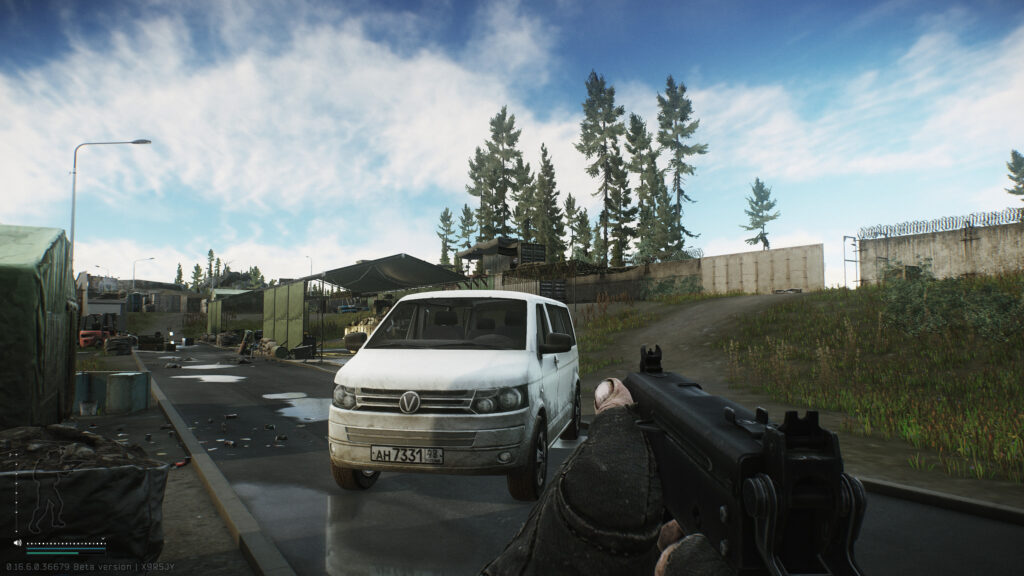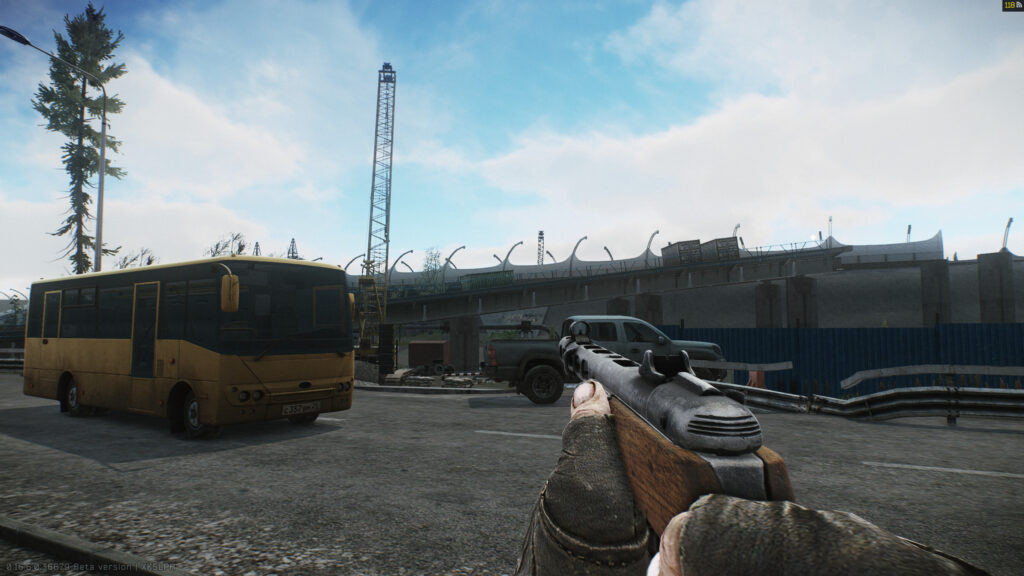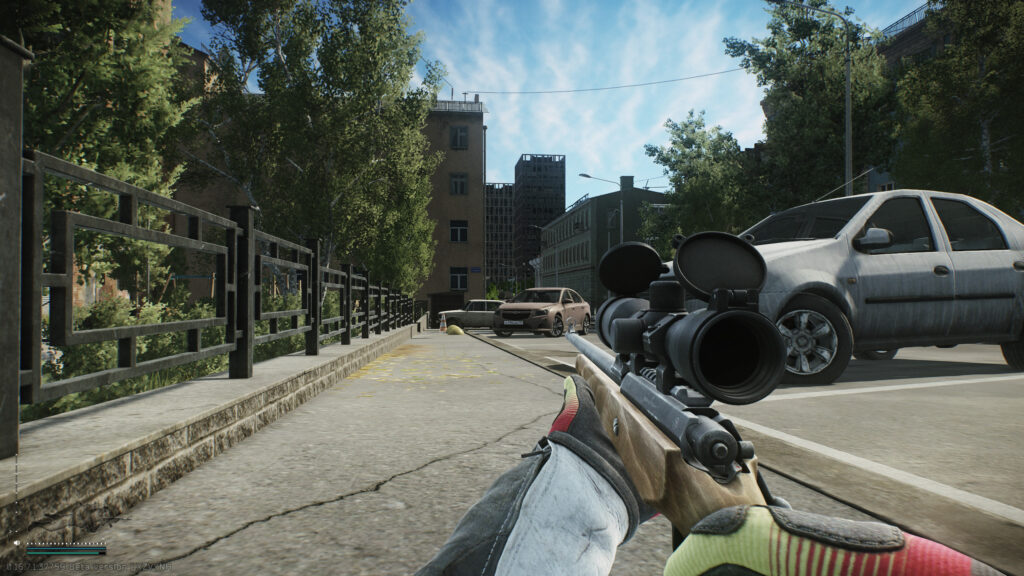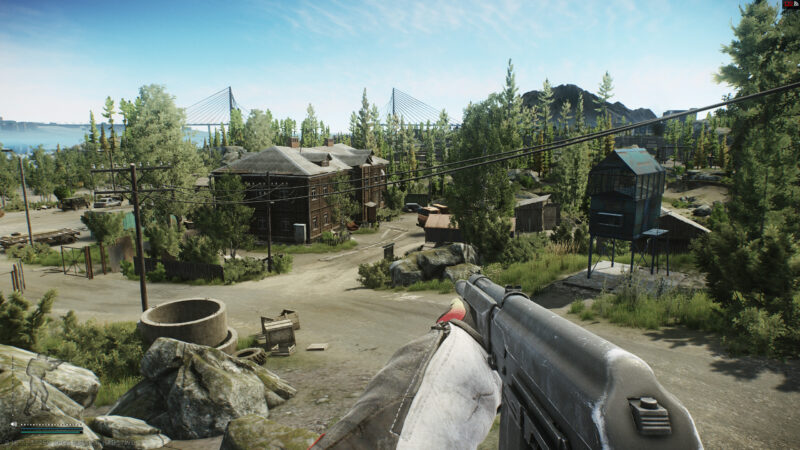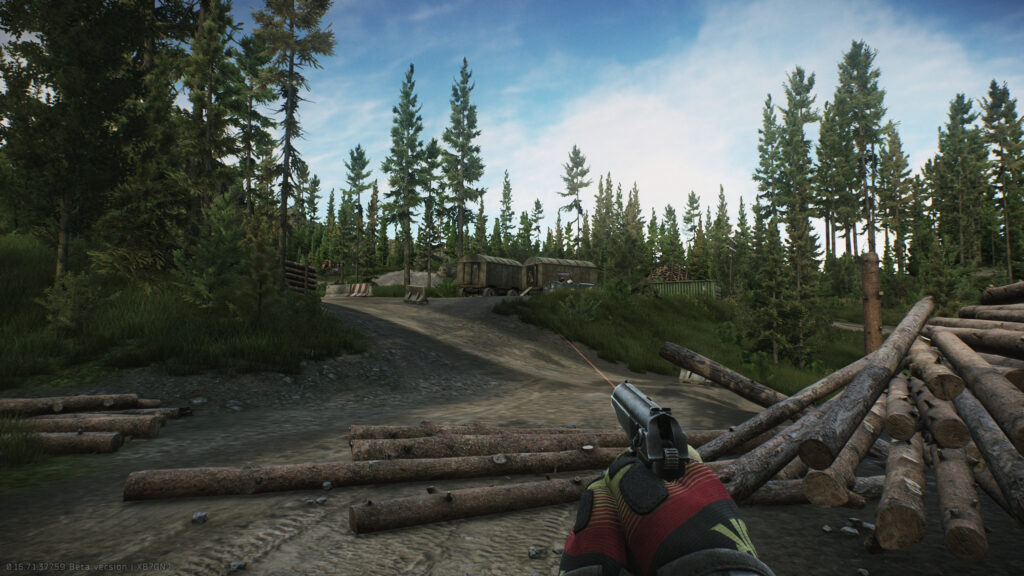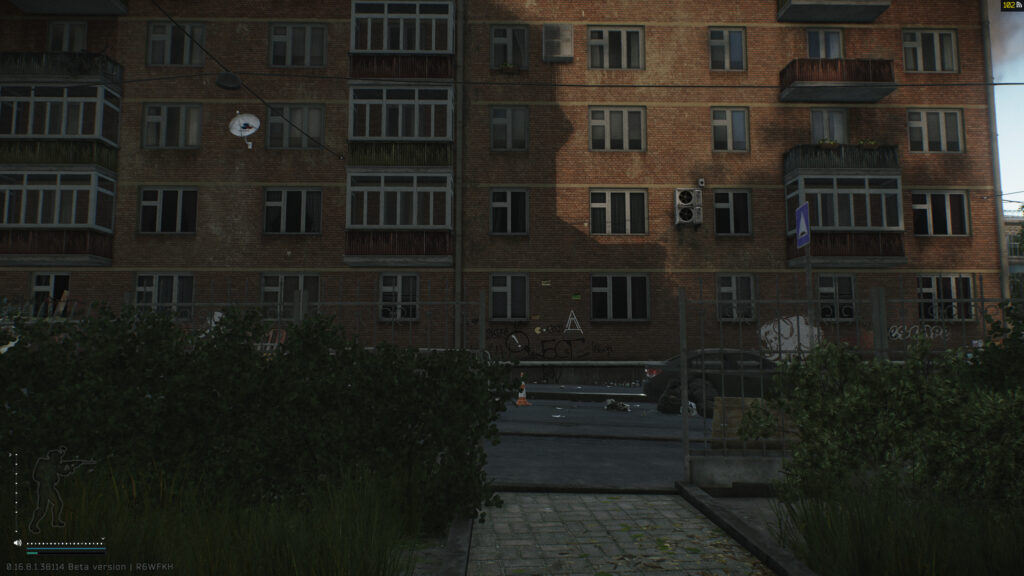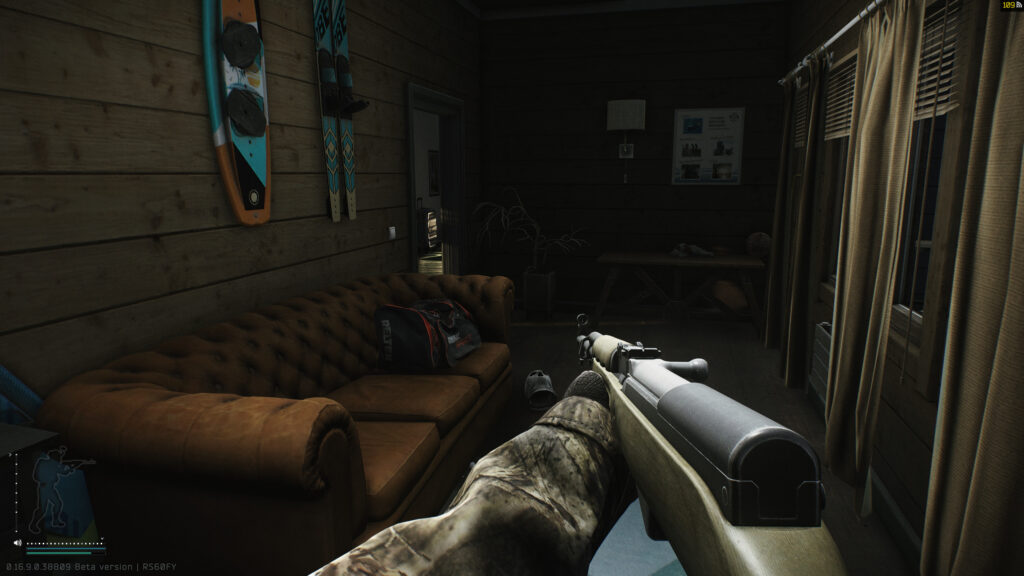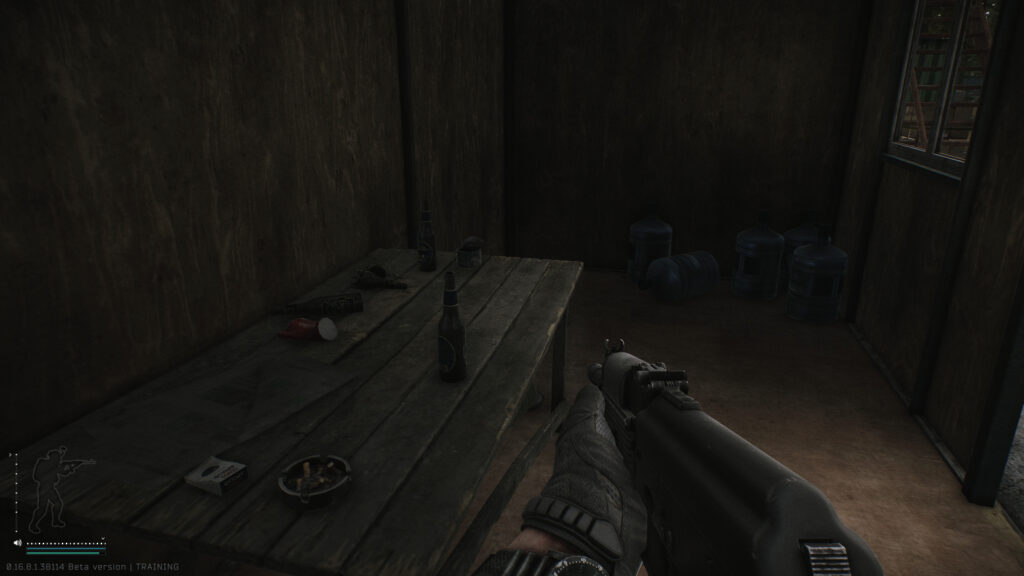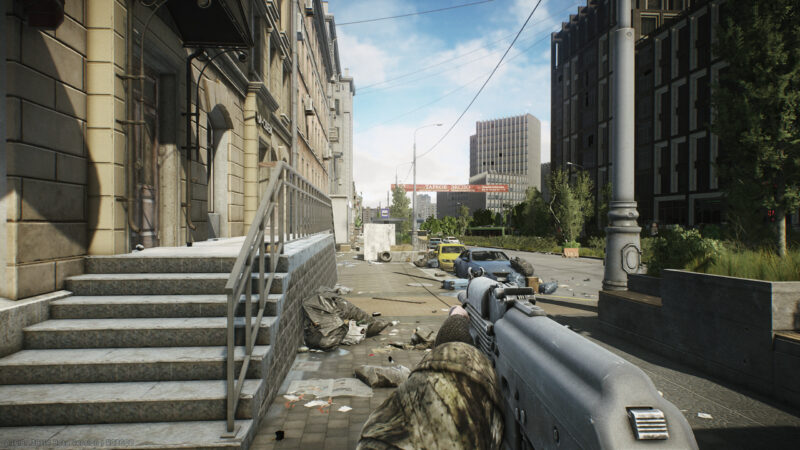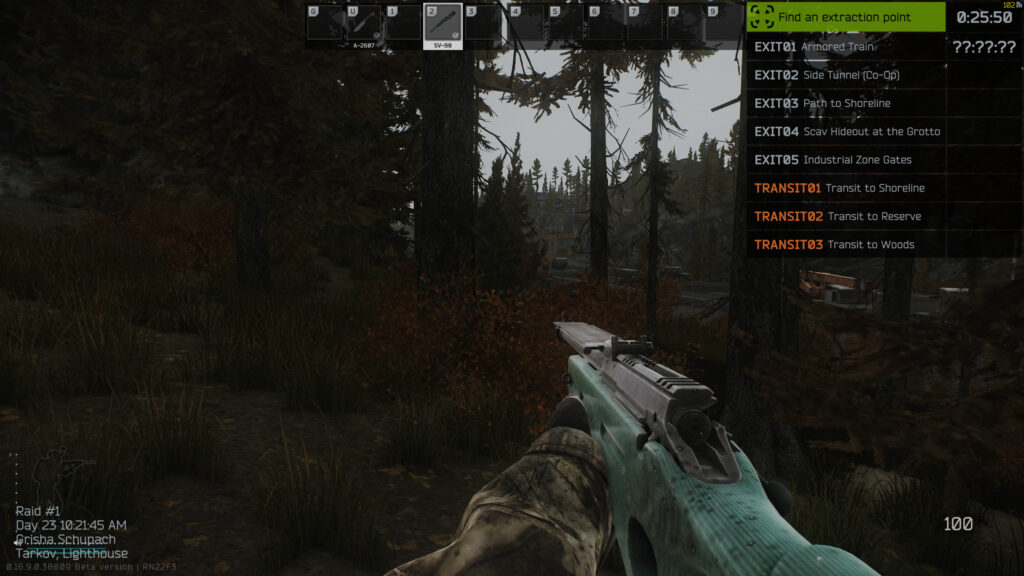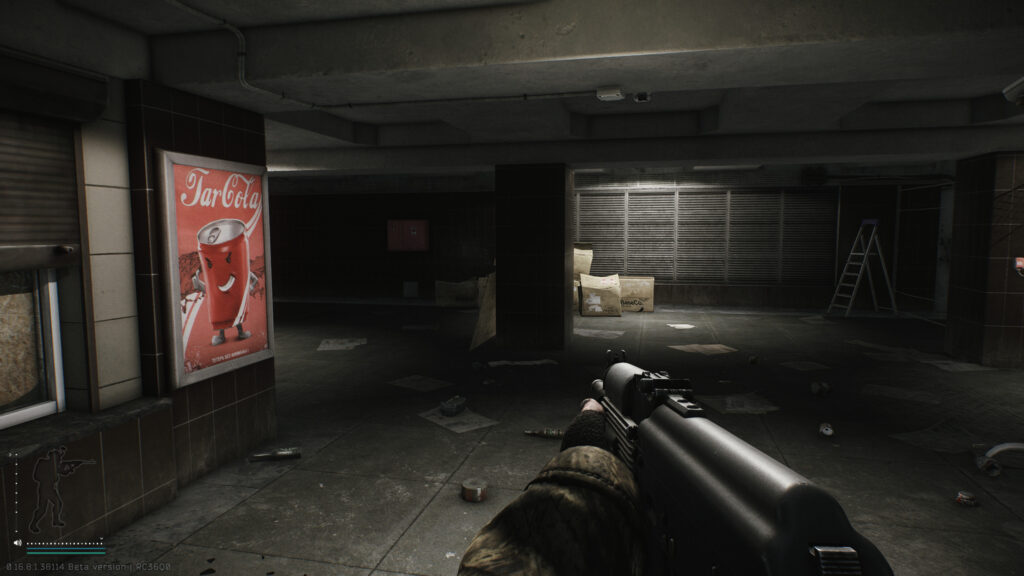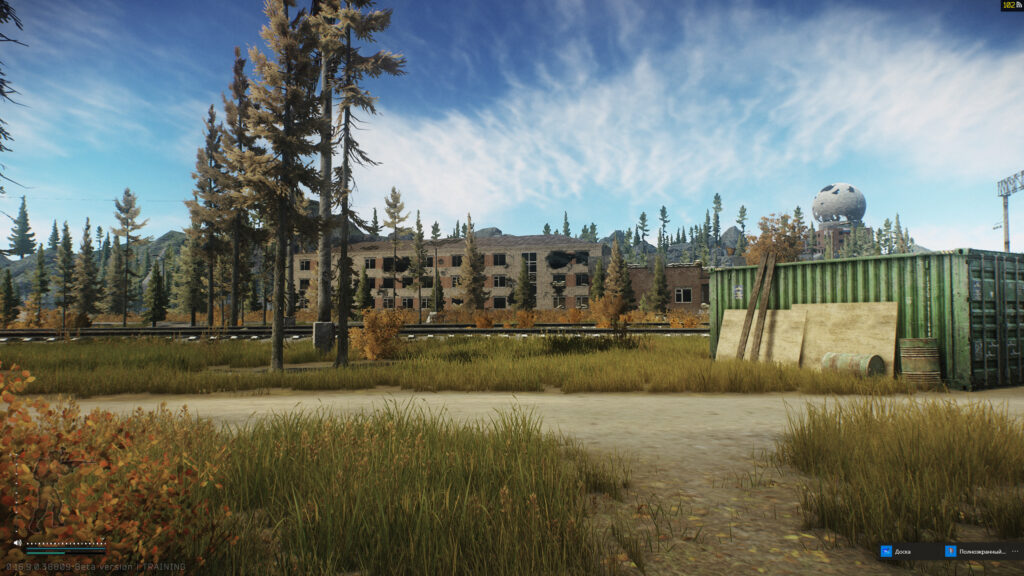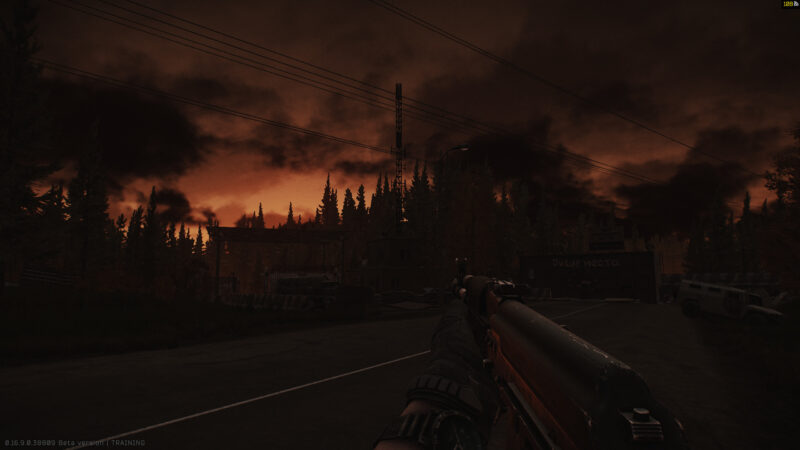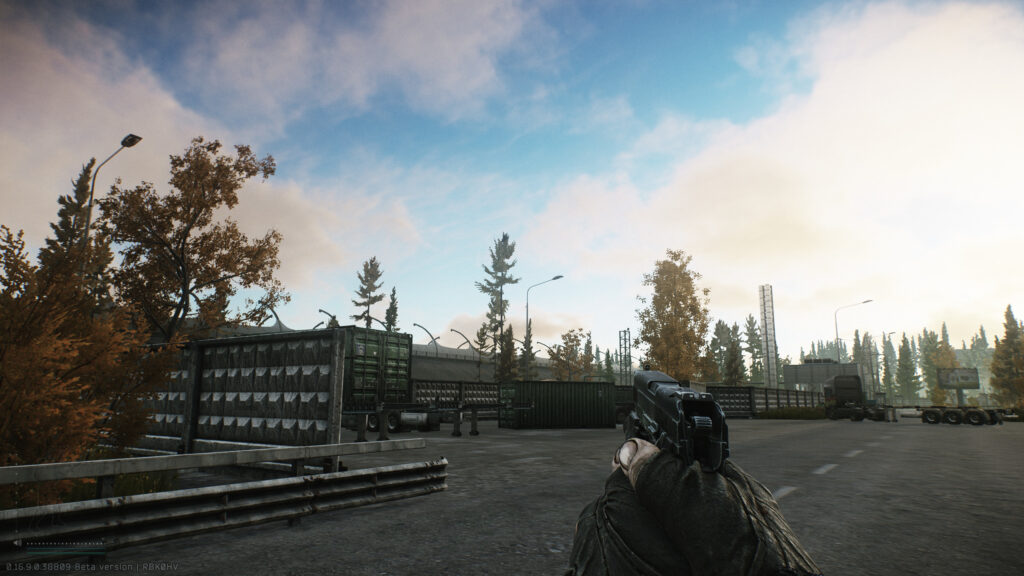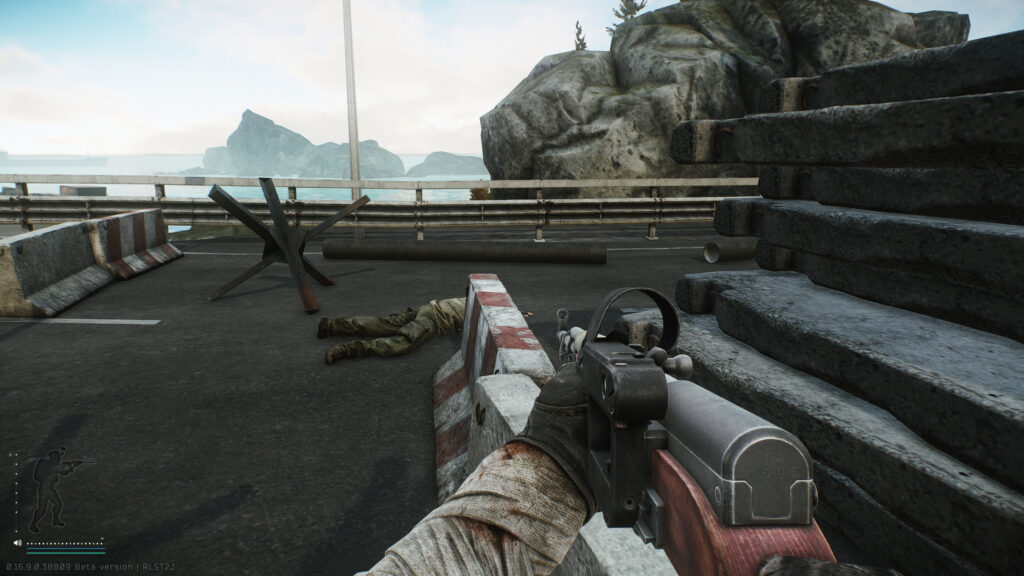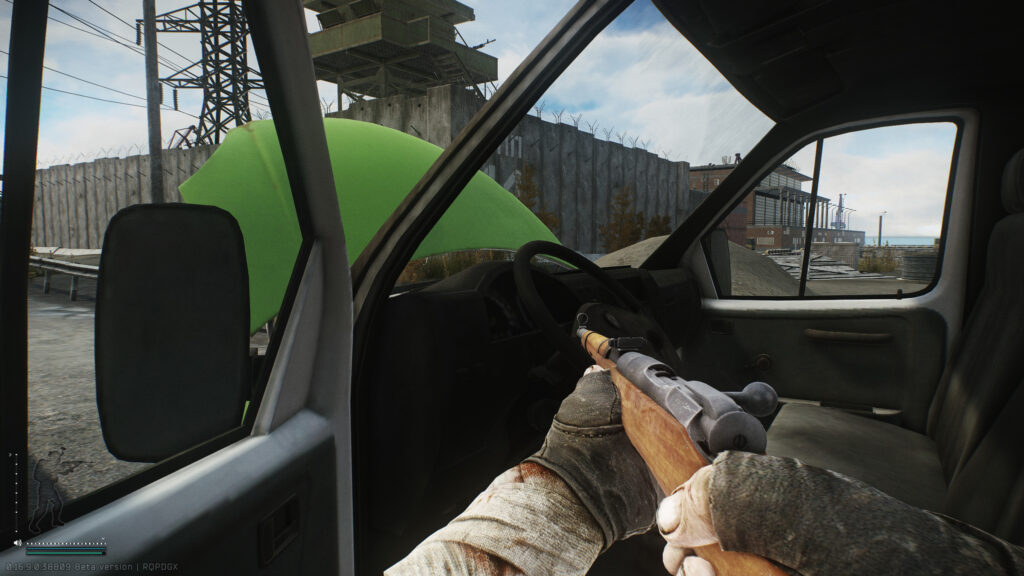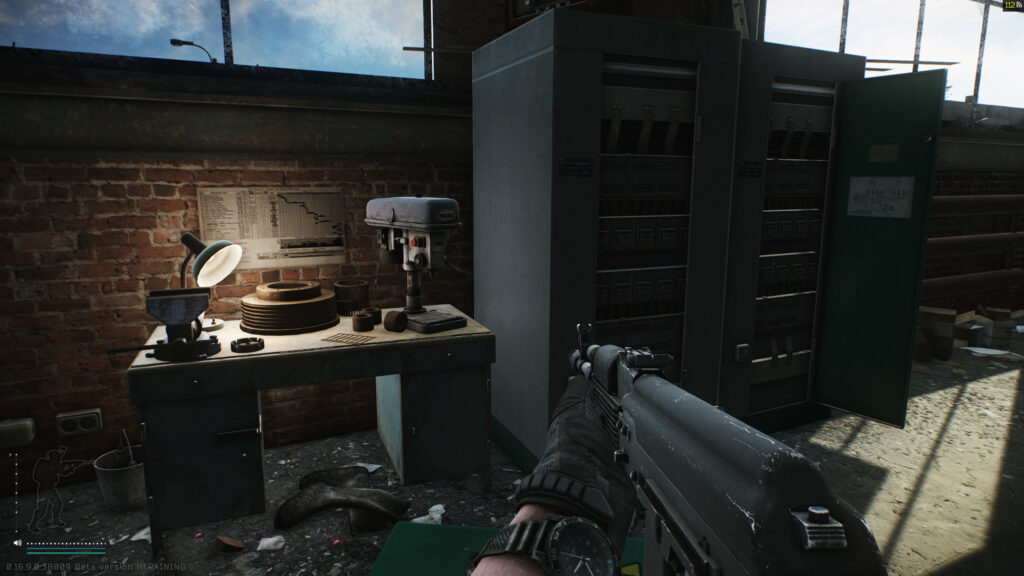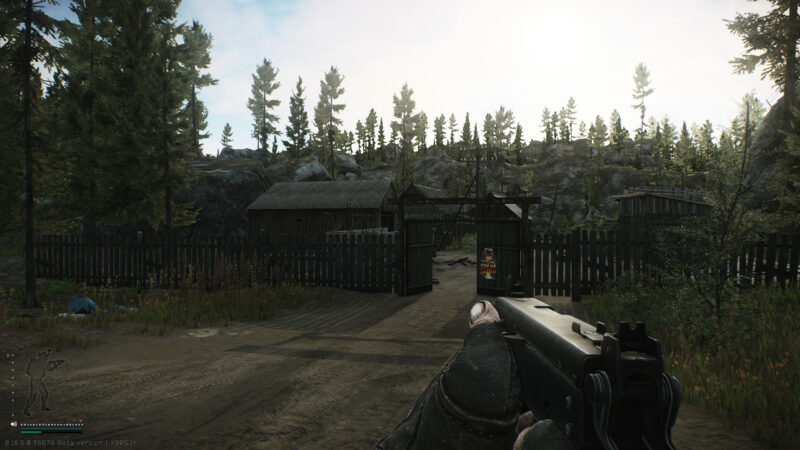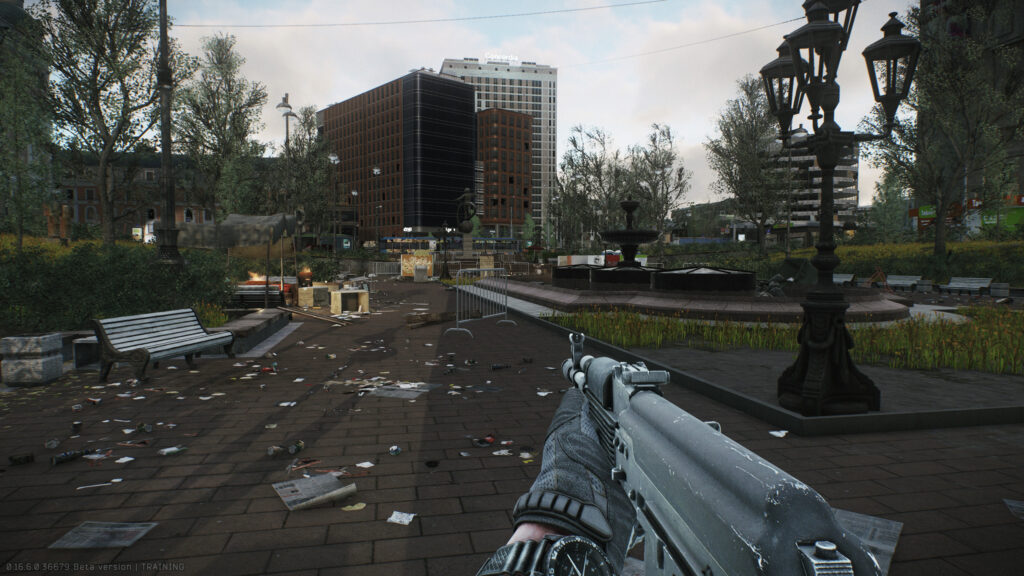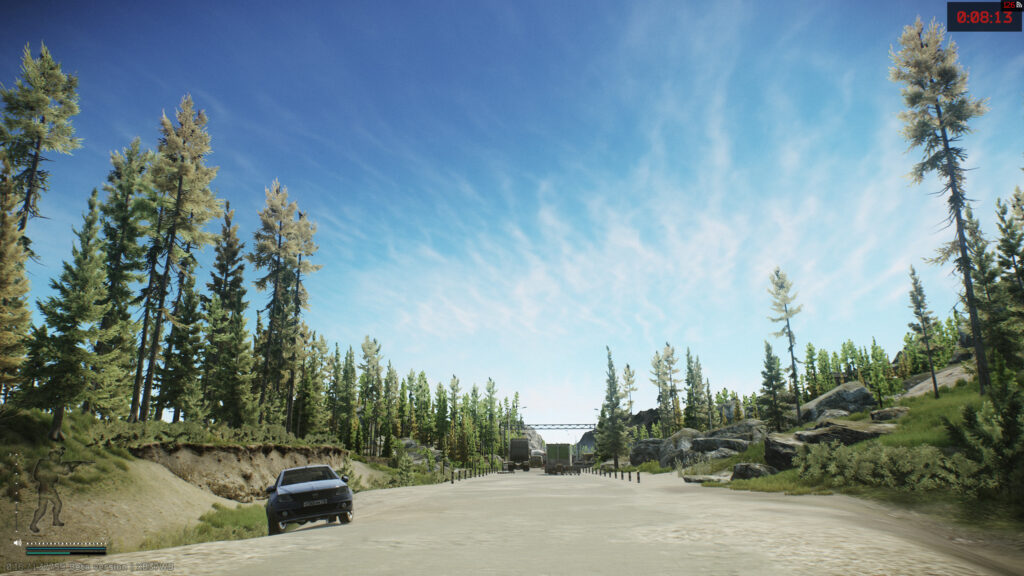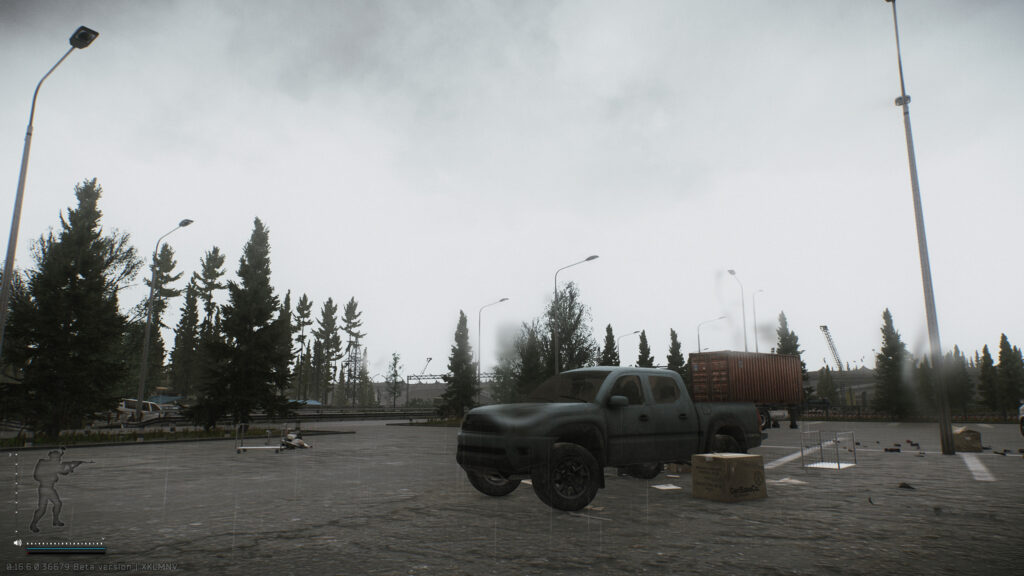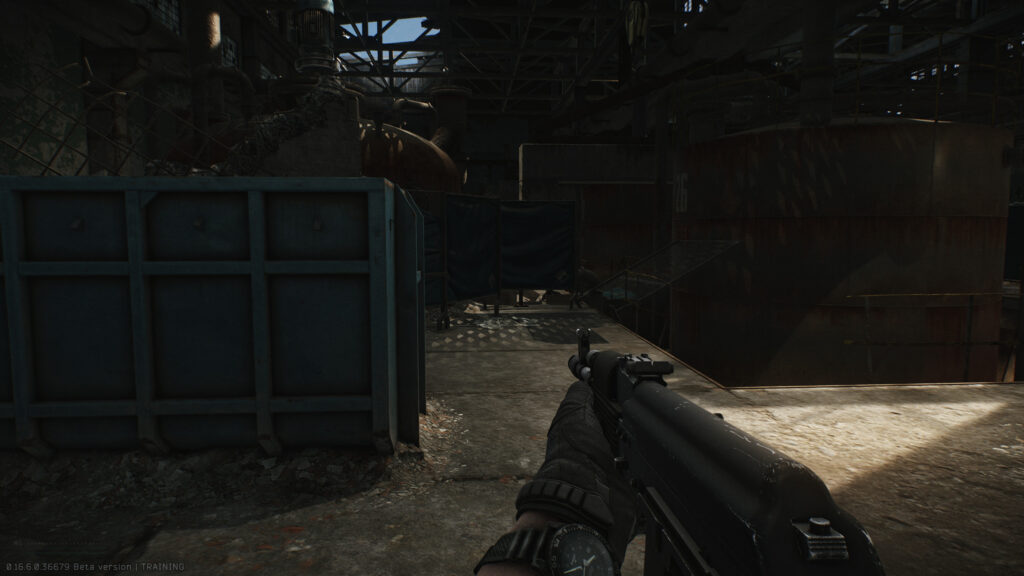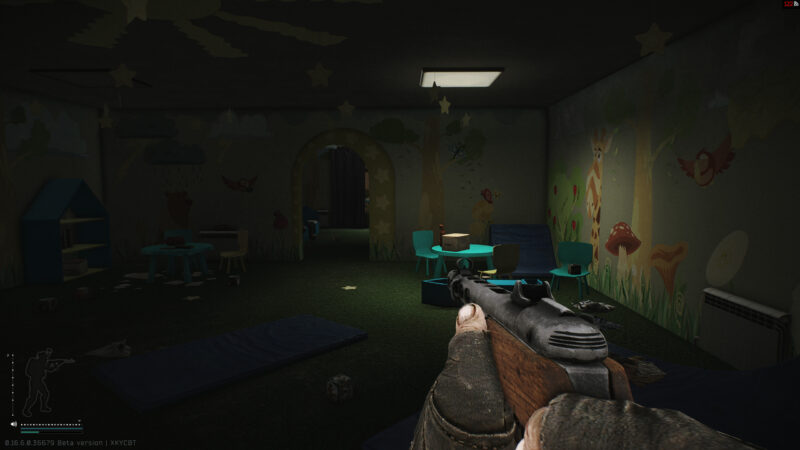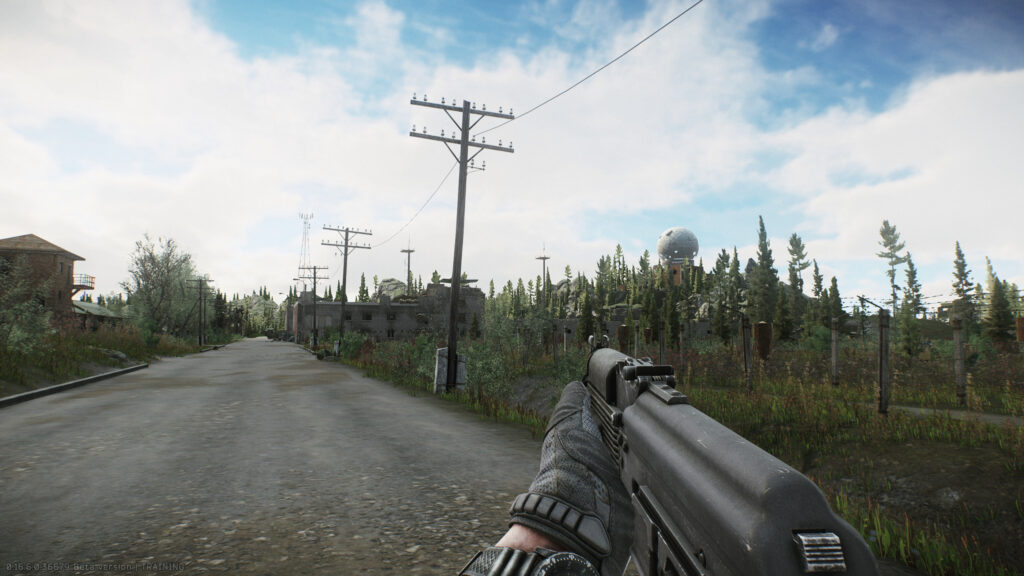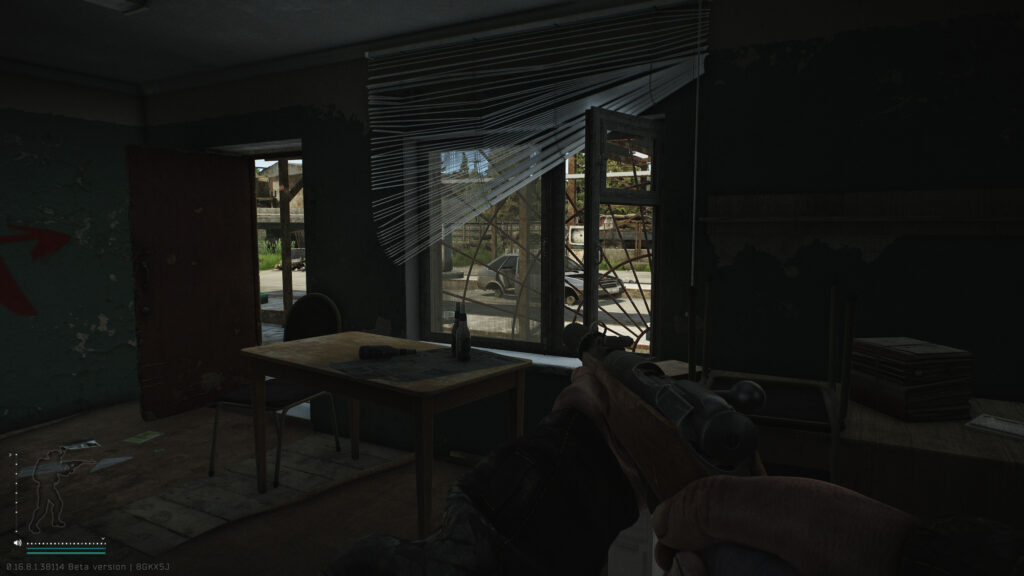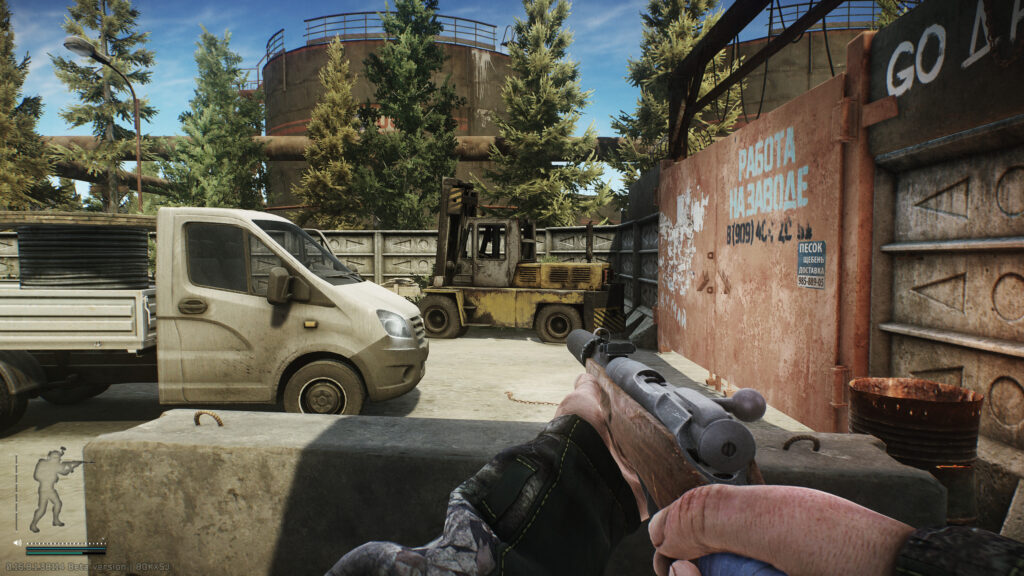Ammunition in Escape From Tarkov is more than just a means to fire your weapon—it can determine the outcome of every raid. Choosing the right ammo type, understanding penetration mechanics, and knowing where to find the most effective rounds are critical for survival. Even players with the best weapons can be outmatched if their ammo selection is poor, making this knowledge a hidden advantage for savvy operators.
Professional players pay close attention to the ballistic properties of each round, including damage, penetration, fragmentation, and recoil. These factors affect both AI and player engagements, influencing whether a firefight will end quickly or drag into a dangerous struggle. By mastering ammo selection, you maximize damage output while minimizing wasted shots and unnecessary exposure.
Ammo Types and Their Applications
Different weapons in Tarkov require specific ammo types that vary in performance. For example, AP (armor-piercing) rounds excel against heavily armored opponents, while HP (hollow-point) rounds offer higher damage against unarmored targets. Selecting ammo should always consider both your loadout and the expected enemies on the map.
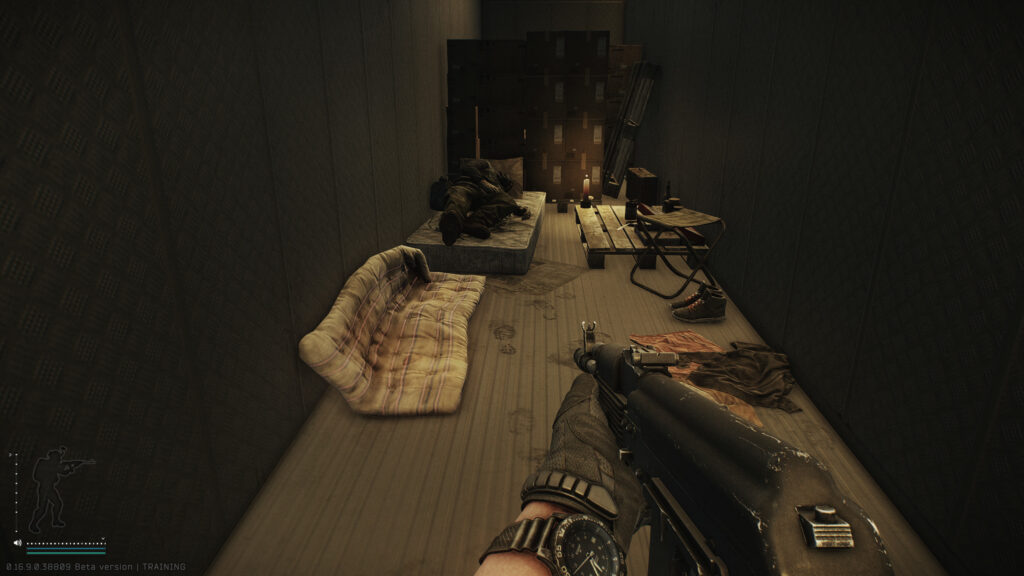
Ammo choice also influences recoil and weapon handling. Heavier rounds often increase weapon kick, affecting accuracy in rapid engagements. Lighter rounds may allow faster follow-up shots but reduce penetration. Pros balance these factors to maintain both survivability and lethality. Ammo Type Best Use Key Advantage 5.45×39 BP Against armored Scavs and PMC High penetration, moderate damage 7.62×51 M61 High-end rifles, boss fights Exceptional penetration, lethal to all targets 9×19 RIP Close-quarters, unarmored opponents High damage, fast incapacitation
Finding the Best Ammo
Ammo is scarce and highly contested in Tarkov, making efficient acquisition a key skill. Certain maps and locations, like Interchange tech stores, Reserve bunkers, and custom trader purchases, are consistent sources for rare rounds. Players also need to consider cost-effectiveness, balancing high-performance ammo with financial resources.
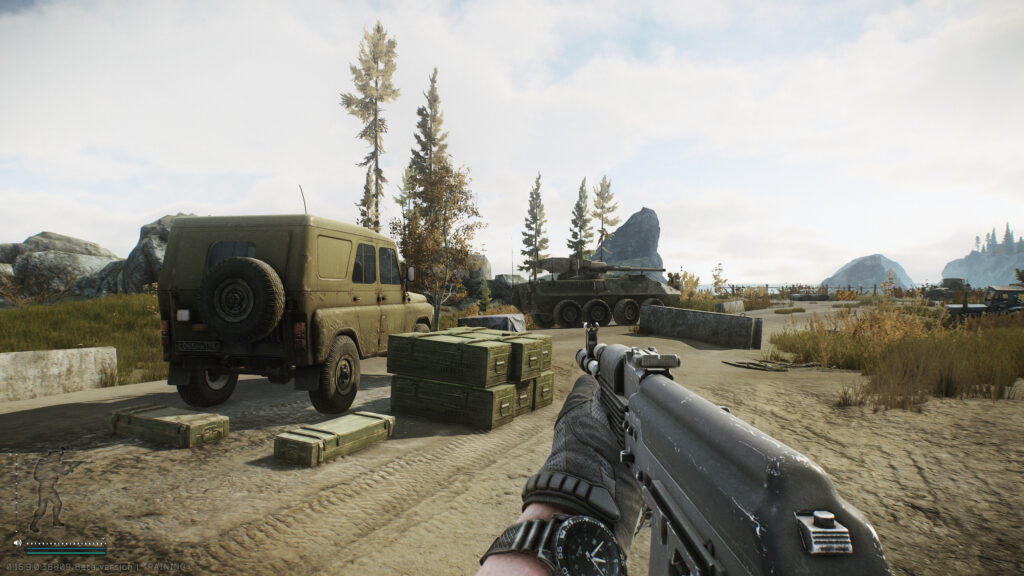
Trading knowledge is another secret. Some ammo types are overpriced on the flea market but can be obtained cheaply from vendors if quests or reputation levels are leveraged. Operators who understand market dynamics can acquire top-tier rounds without depleting their funds, ensuring readiness for future raids.
Ammo and Engagement Strategy
Choosing ammo impacts how you approach combat. Armor-piercing rounds enable headshot-focused tactics, while high-damage rounds may encourage body-target strategies. Understanding the interaction between ammo and enemy armor ensures that engagements are efficient, reducing time exposed to return fire.
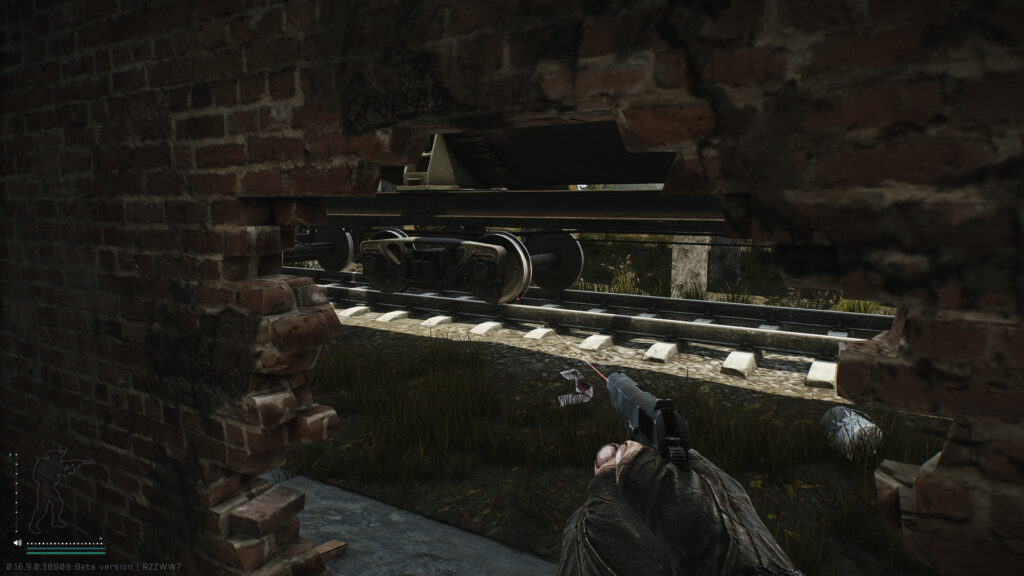
Pro players often carry multiple ammo types for flexibility. Switching between rounds based on enemy composition, range, and cover conditions allows adaptation mid-fight, giving a significant tactical advantage. Ammo selection becomes a key part of the decision-making process in every raid.
Optimizing Ammo Loadouts
Managing your ammo loadout is crucial for raid success. Carrying too much of a single type can leave you vulnerable if situations change, while spreading ammo across types ensures versatility but limits quantity per round. Pros strike a balance that fits their playstyle and raid objectives.
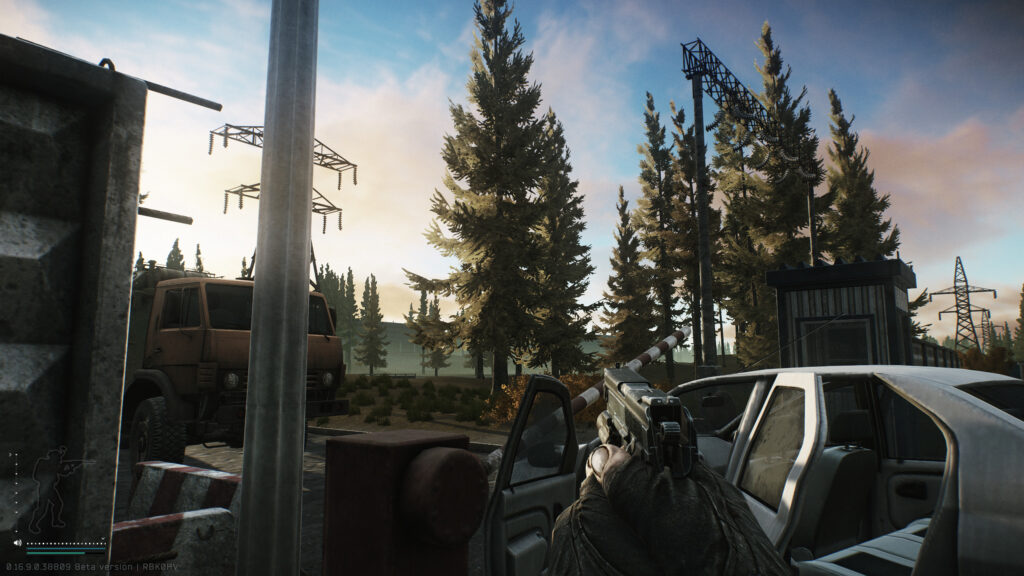
High-value ammo should also be protected carefully. Storing rounds in secure containers or compartmentalized backpacks reduces loss if a raid ends abruptly. Every round saved could make the difference in your next encounter, highlighting the strategic importance of ammo beyond just firing your weapon. Weapon Recommended Ammo Optimal Engagement Range AK-74N 5.45×39 BP 0-200m RSASS 7.62×51 M61 100-400m MP5 9×19 RIP 0-50m
Conclusion
Mastering ammo in Tarkov is a cornerstone of survival. By understanding types, sourcing strategies, tactical applications, and optimal loadouts, you gain a significant edge over both AI and human opponents. Efficient ammo management enhances lethality while reducing unnecessary risk, turning even high-pressure raids into calculated, winnable encounters.
Operators who study and adapt their ammo choices consistently outperform others. This hidden layer of Tarkov’s gameplay separates skilled players from the rest, proving that survival is not just about weapons but the precision and strategy behind every shot.
